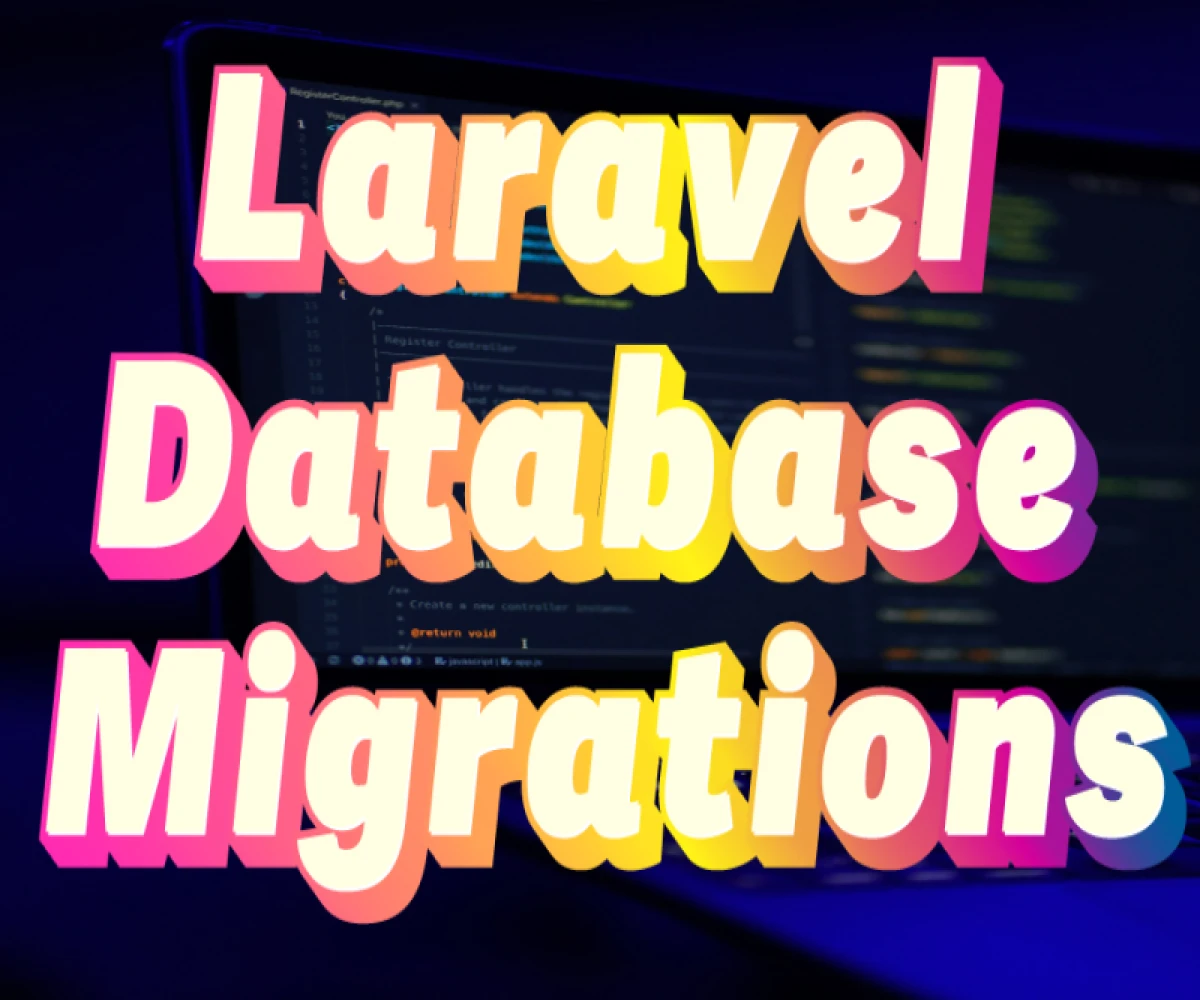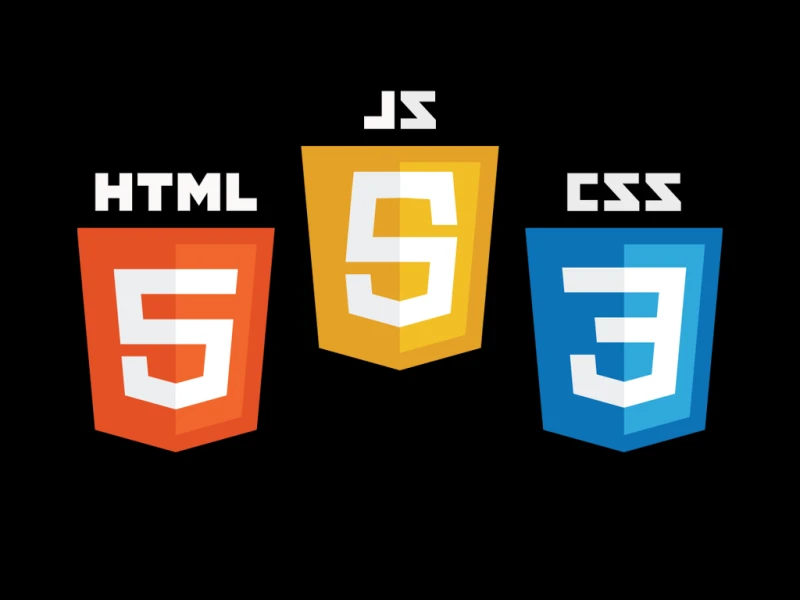
What is database migration in Laravel?
Understanding Laravel Database Migrations
Laravel migrations provide a powerful mechanism for managing your application's database schema changes in a structured and version-controlled manner. They act like version control for your database, ensuring that your database structure evolves alongside your application code.
Benefits of Using Migrations:
- Version Control: Migrations are tracked in version control systems like Git, allowing you to review changes, roll back to previous states, and easily share schema updates across development environments.
- Team Collaboration: Migrations enable seamless collaboration by providing a clear history of database schema modifications, making it easy for team members to understand and apply changes.
- Database Agnosticism: Laravel's schema builder offers database-agnostic support. You can write migrations once and have them work with various database systems like MySQL, PostgreSQL, SQLite, and SQL Server.
Creating a Migration
-
Generate a Migration File: Use the Laravel Artisan command to create a new migration file:
Bash
php artisan make:migration CreateUsersTableThis command creates a new migration file named
CreateUsersTable_YYYY_MM_DD_HHMMSS.php(where the timestamp ensures chronological order) within thedatabase/migrationsdirectory. -
Define Up Method: The
upmethod contains the logic for creating the database table or making schema changes. Here's an example of creating auserstable with columns forid,name,email, andpassword:PHP
public function up() { Schema::create('users', function (Blueprint $table) { $table->id(); $table->string('name'); $table->string('email')->unique(); $table->timestamp('email_verified_at')->nullable(); $table->string('password'); $table->rememberToken(); $table->timestamps(); }); }Schema::createtakes the table name and a closure to define its columns using the fluent API provided by Laravel's schema builder.- Various methods like
id(),string(),unique(),nullable(), and more are available to define column data types and constraints.
-
Define Down Method (Optional): The
downmethod allows you to revert the changes made in theupmethod. This is useful for rolling back migrations if necessary. In this example:PHP
public function down() { Schema::dropIfExists('users'); }
Running Migrations
-
Migrate Database (Fresh Install): After creating migrations, run the following command to apply all pending migrations (assuming a MySQL database):
Bash
php artisan migrate -
Migrate Individual Migration: To apply a specific migration, use:
Bash
php artisan migrate:make CreatePostsTable php artisan migrate -
Rollback Migrations: To undo the changes made by a migration:
Bash
php artisan migrate:rollback
Best Practices
- Descriptive Naming: Use clear and concise names for migration files that reflect their purpose (e.g.,
CreateUsersTable,AddProfilePhotoToUsersTable). - Atomic Changes: Ensure each migration performs a single, atomic change to the database schema. This simplifies rollback and debugging.
- Comments: Add comments to your migration files to explain the purpose of each change, especially for complex migrations.
- Seeding Data: If you need to seed your database with initial data after migrations, consider using Laravel's database seeding functionality (https://laravel.com/docs/11.x/seeding).
By following these guidelines, you can effectively manage your Laravel application's database schema using migrations, ensuring a well-structured and collaborative development workflow.


